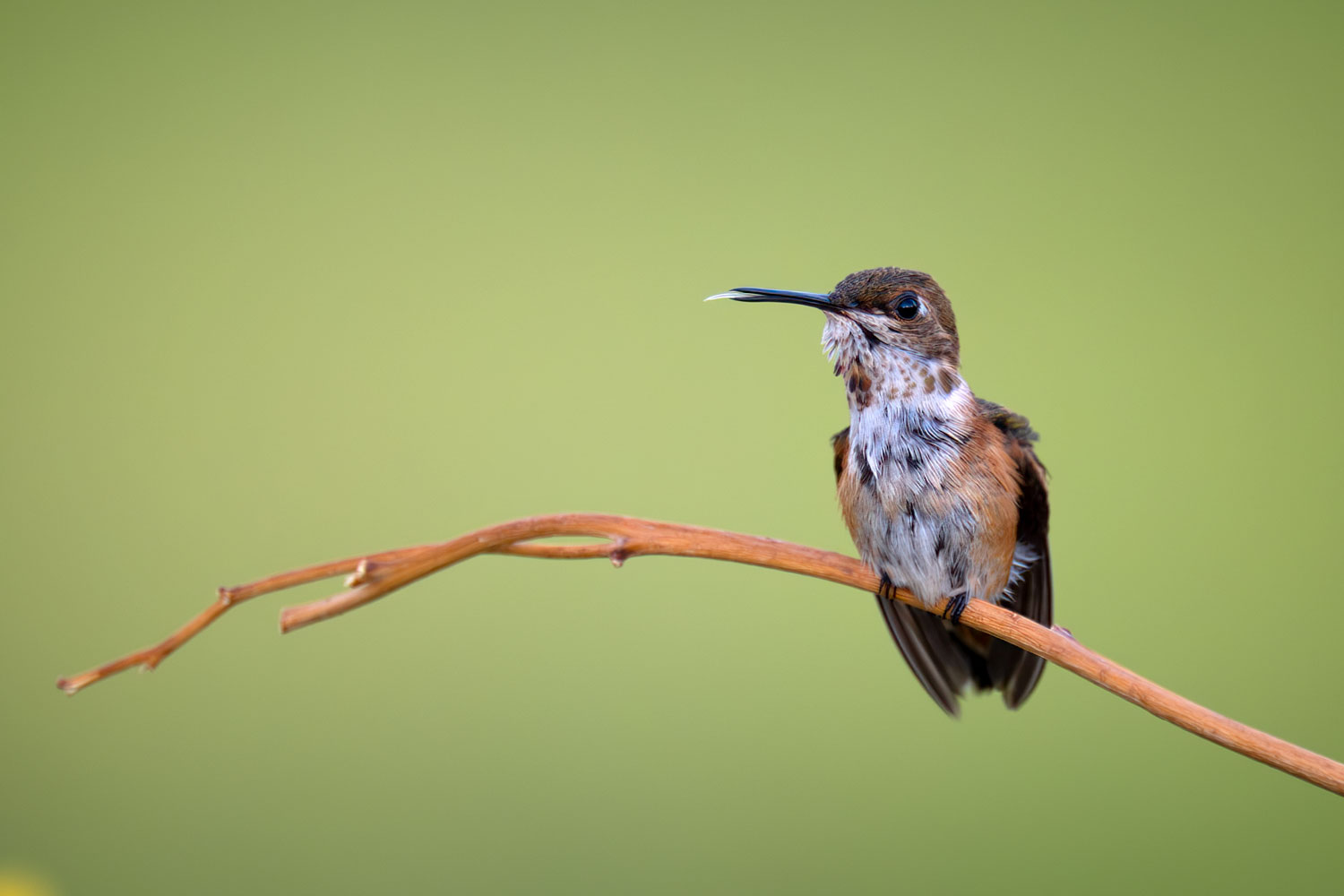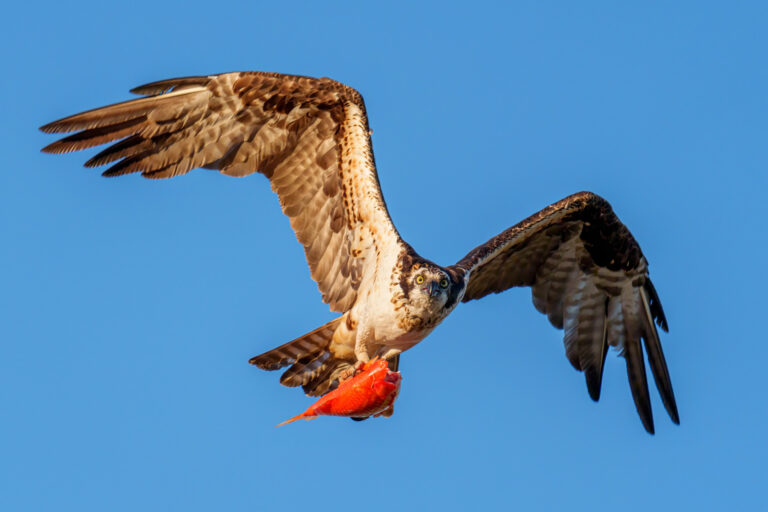Sigma 300–600mm f/4 Review: Real-World Use for Wildlife and Birds
I’ve been using the new Sigma 300–600mm f/4 for a little while now, and I figured it was time to share some thoughts. This isn’t a technical review with graphs and charts. It’s a real-world take from someone who actually uses this lens to shoot birds, wildlife, and pretty much anything else that moves in front of me, including my cats.
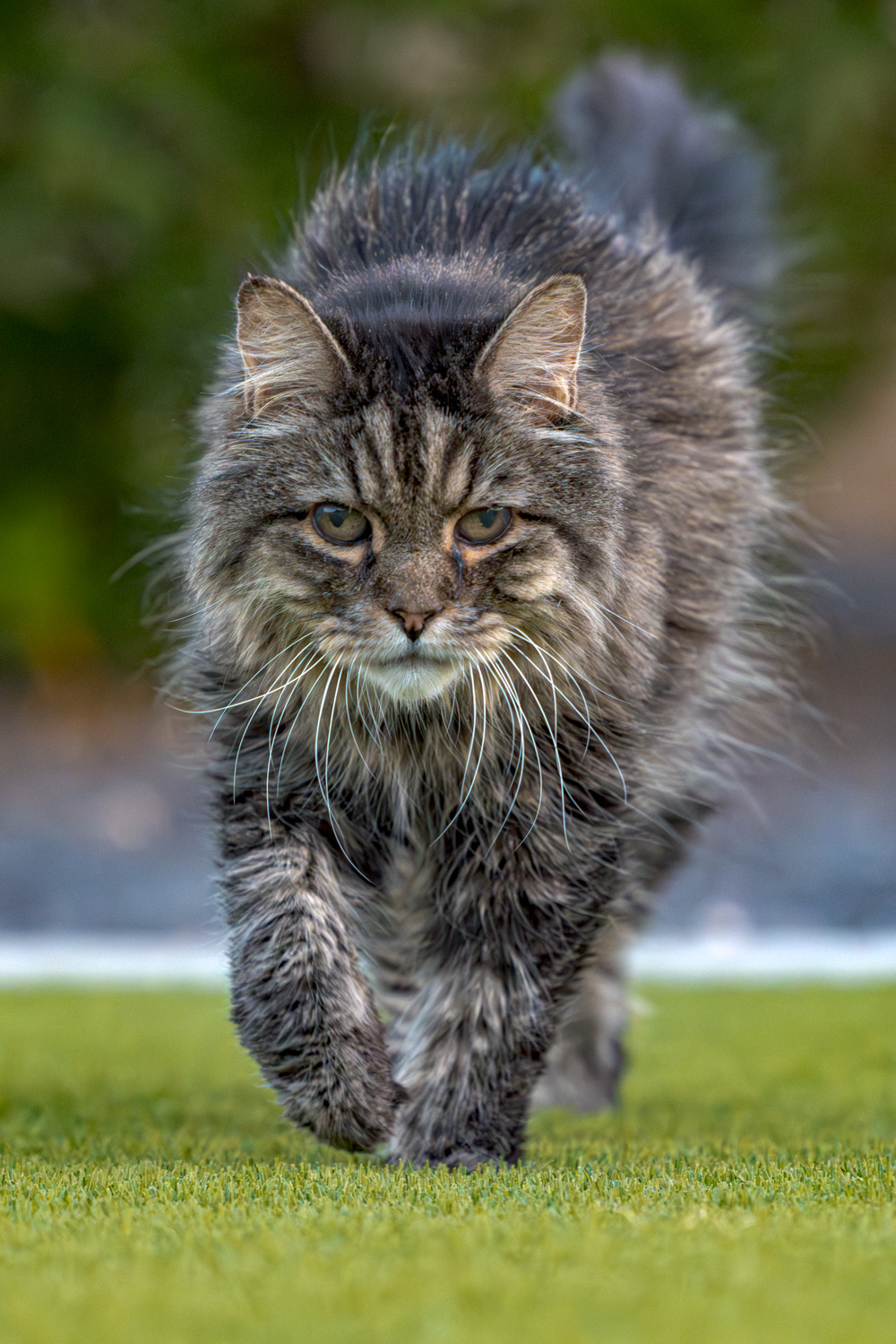
So far I’ve tested it on everything from Rufous hummingbirds at a local repair site to ringtails at night using flash, to backyard tests and random birds around town. The lens is heavy, no doubt about it, but it’s also shockingly usable handheld. I’ve been walking around with it slung from a strap on my A1 II and have had no issues shooting that way for extended periods.
If you’re looking at this lens and wondering if it’s worth it, especially compared to the Sony 200–600mm or 400–800mm, I’ll break down where it shines, where it struggles, and whether it might be a good fit for your setup. Spoiler: the detail and background separation are exactly what you hope for in an f/4.
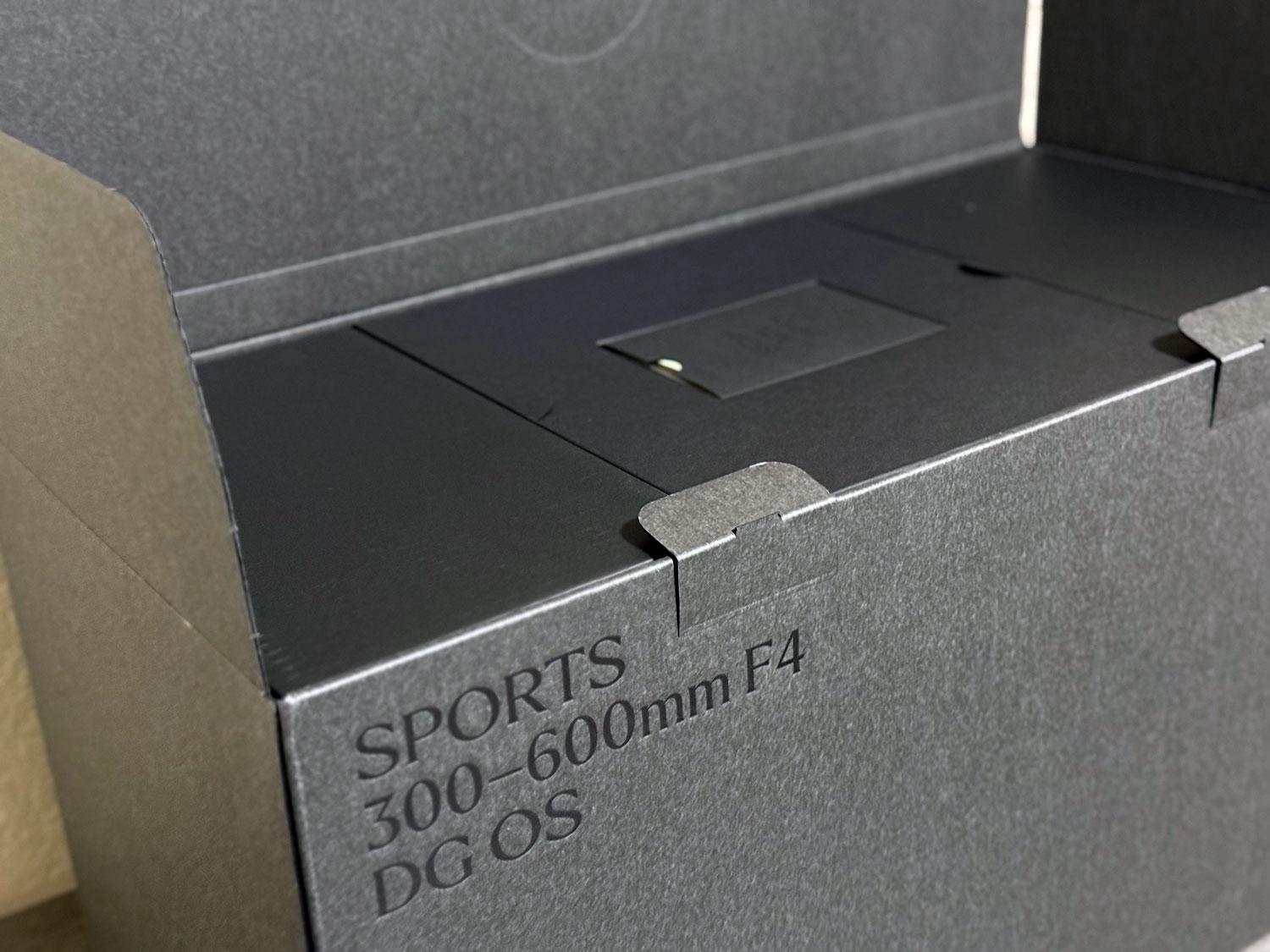
Build and Handling
This lens is built like a tank, plain and simple. From the moment I unboxed it, it felt like a premium piece of gear. The construction is solid, and while it’s no lightweight, it feels balanced. I’ve been shooting handheld far more than I expected to. It hangs comfortably off my camera strap, and for my shooting style, that works just fine. Your experience may vary depending on what you’re used to, but for me, it hasn’t been a burden at all to carry around.
Autofocus Performance
Here’s where it gets interesting. Focus acquisition on this lens has been quick and confident. Whether it’s birds in motion or quick bursts when something appears unexpectedly, it’s kept up just fine. I’d say it’s right there with Sony’s telephoto options in most cases.
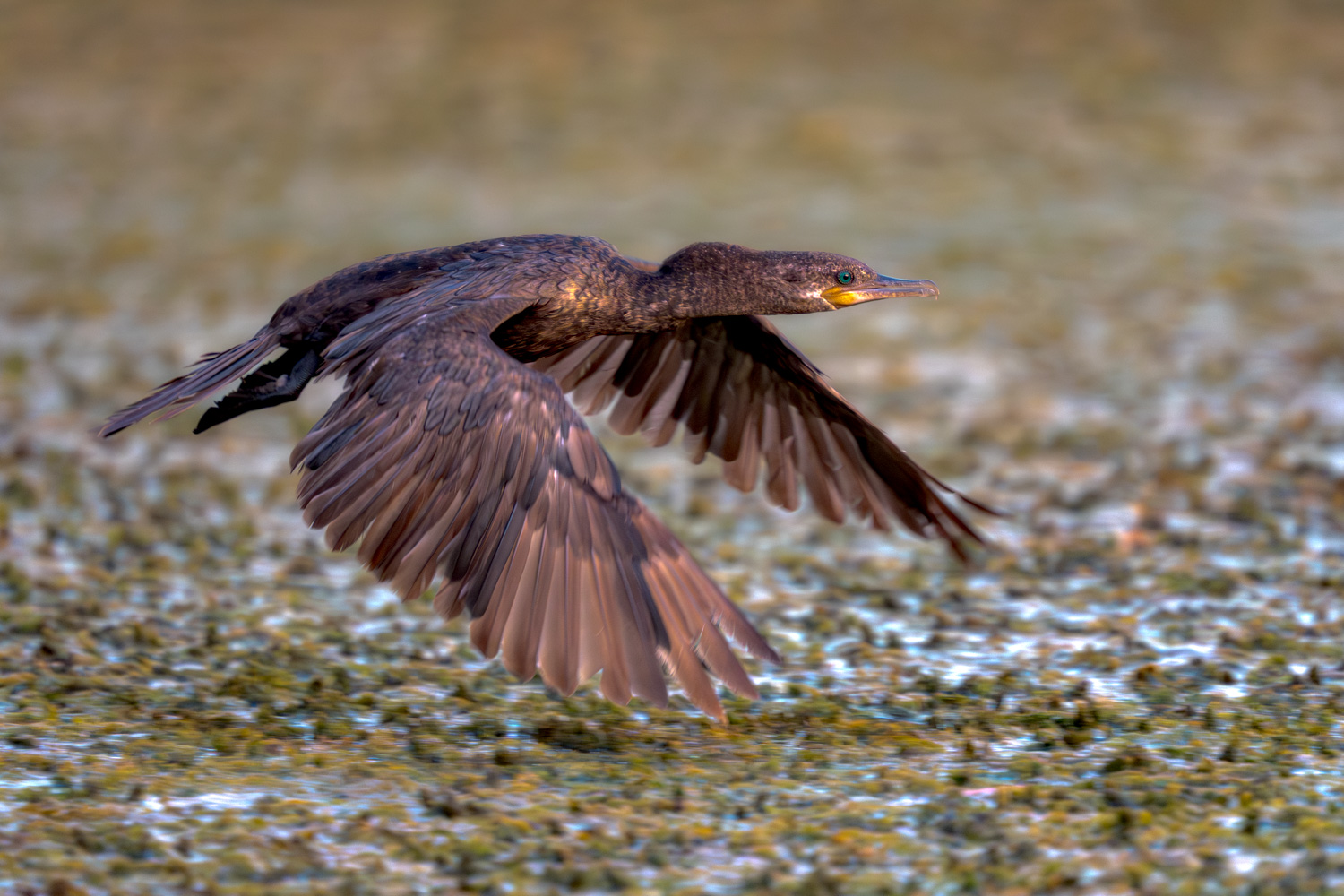
That said, there is one small quirk. When using the extra small focus box on a stationary bird tucked inside a mess of branches, it can take a bit more coaxing to lock on. It’s doable, but not as seamless as the Sony setup in those very specific scenarios. That’s something to keep in mind if you rely on that level of precision often. Otherwise, I’ve had no complaints.
Image Quality and Contrast
The detail this lens pulls is no joke. When I first started reviewing the images, I could tell instantly. Even at 600mm wide open, it’s incredibly sharp. And being f/4, you get that creamy background separation that just elevates your subject. Honestly, it’s probably the look you have in your head when you imagine your dream shot… and it delivers. The contrast out of camera also stood out to me. I’ve shot a lot of glass, and this one punches hard in terms of how the files look before any edits.
Versatility in the Field
Being able to go from 300 to 600mm is a nice range. I’ve found it flexible enough for both close and distant subjects, without having to swap lenses or move too much. The zoom ring throw is reversed compared to what many Sony users are used to, but that hasn’t slowed me down. Maybe that’s just a left-handed perk, who knows. If that’s a dealbreaker for you, it’s worth noting—but again, it’s something I adapted to quickly.
What It Replaces
I think this is an important part of the conversation. For some people, this lens could realistically replace the Sony 200–600mm or even the 400–800mm, depending on budget and shooting style. For me personally, the Sony 600mm F/4 is a bit out of reach cost-wise. The Sigma gave me that coveted f/4 performance without needing to sell a kidney. And it doesn’t feel like a compromise. In fact, it feels like an opportunity to get that high-end quality at a more attainable price.
Final Thoughts
If you’re thinking about making the jump to this lens, I don’t think you’ll be disappointed. It’s not the lightest, but it’s very usable. It’s not the cheapest, but it delivers the kind of quality that can stand toe-to-toe with the best out there. The detail, contrast, and overall look of the images make it a serious option for wildlife and bird photography. I’ll be adding more thoughts and images as I continue to use it, but so far, I’m very happy with this one.

